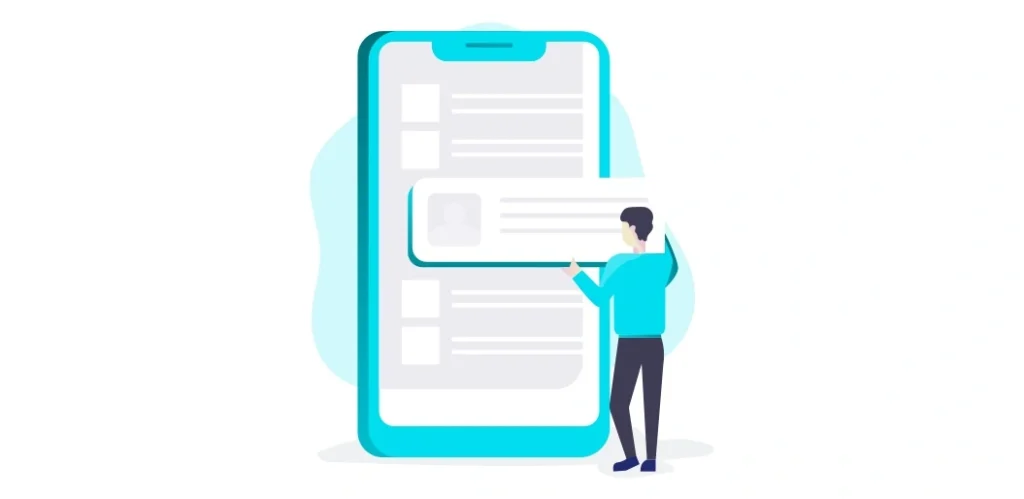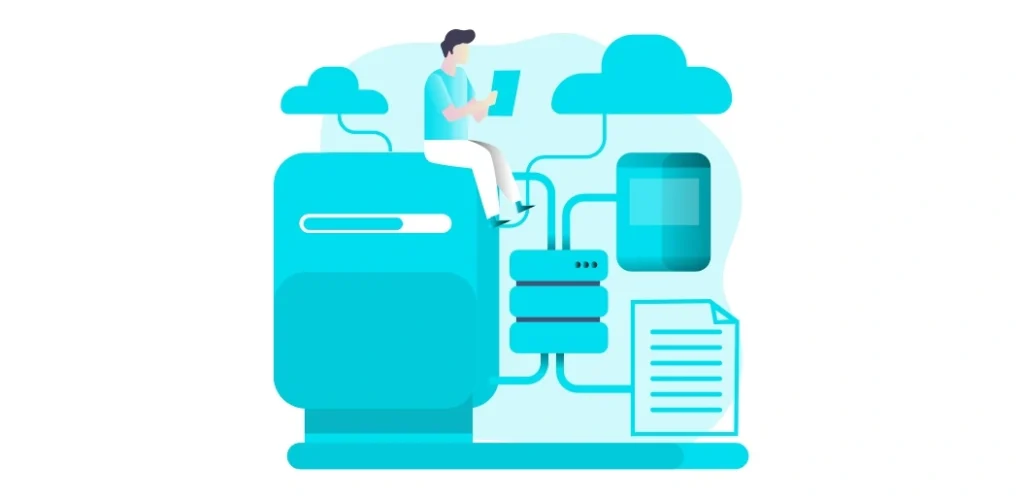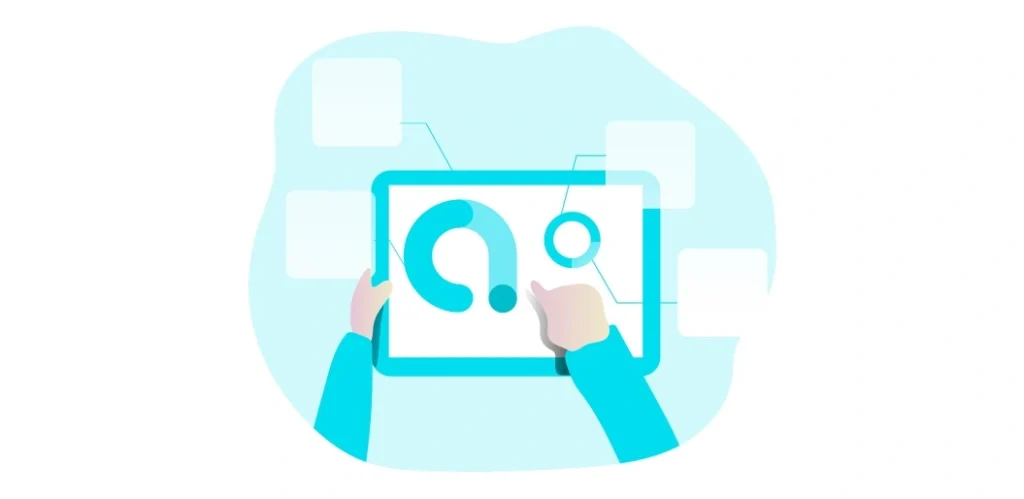No matter which industry your business belongs to, having an intuitive, interactive, and scalable app seems to be the need of the hour. Since customers these days perform half of their tasks using mobile apps, it is crucial to building a robust business app. Firebase is Google’s open-source mobile platform that emerges as a versatile solution to develop high-quality apps and offers mobile app development solutions to your customers.
What is Firebase?
Firebase is one of the best Backend-as-a-Service (BaaS) for mobiles and web to develop powerful apps. It offers various solutions to run your Android or iOS mobile apps effectively.
Firebase was launched as Envolve in 2011. Envolve provided developers with an API that empowered the integration of online chat functionality into their website. Its purpose was to pass application data that was more important than just chat messages. Developers were using Envolve to sync application data, for instance, a game state in real-time across their customers.
This drove the organizers of Envolve, James Tamplin and Andrew Lee, to separate the chat system and the real-time architecture. In April 2012, Firebase was developed as a different organization that provides Backend-as-a-Service with continuous functionality.
Furthermore, it was acquired by Google in 2014 to support web-based backends and was developed into a next-generation application on the Google Cloud Platform.
What is the Purpose of Firebase?
Firebase aims at offering a real-time database as well as Backend-as-a-Service. It is a cloud-hosted NoSQL database that allows you to store and sync data between your users in real-time.
BaaS service provides developers an application programming interface (API) enabling app data to coordinate through customers and store on Firebase cloud messaging server. Also, Firebase is used to synchronize the devices and browsers in real-time utilizing the same database.
Firebase allows developers to concentrate on making impressive customer experiences. You do not have to control servers or write APIs. Firebase is just like your server, your API, and your data store, where written data can be modified or changed as per your needs.
How to Create a Firebase Account?
You can create a Firebase account by visiting- Console Firebase Google
While opening the website, a box with a plus (+) icon will appear. You can add your project by clicking on the icon. After adding a project, the Firebase Google console navigates customers to the dashboard. Here, you will see a list in the dashboard where the features of the dashboard are mentioned at the left. Further, a small description is given related to projects. You can even create a demo account where authenticated users can add or delete the products.
Features of Firebase
Here are some of the features that make Firebase the most recommended framework for mobile and web application.
Real-time Database

A database with no Structured Query Language (NoSQL) has data stored and synced as a JSON design that enables you to connect with every user in real-time. All the users can access their data from any device, mobile or web. Changes made in the customer’s application are synchronized with the real-time database automatically, which works in the offline mode.
Web Hosting

Hosting is a simple process in Firebase app development. Three new features are involved here – custom domain support free, Global CDN, and Auto-provisioned SSL certificates. You can quickly deploy the applications once the Firebase CLI is installed and set it up.
# install the CLI
npm install -g Firebase-tools
# login
Firebase login
# start a project
Firebase init
# run locally
Firebase serve
# DEPLOY!
Firebase deploy
Firebase lets you deploy a single page web application, a mobile app landing page and progressive web apps (PWAs) effortlessly. With SSD-backed hosting, you can deliver data fast globally.
Custom domains can get free SSL certificates for each website launch, and developers can deploy web apps as well as static contents at Content Delivery Network (CDN) with one command.
Firebase Authentication

Many applications have the login facility, and the developer intends to simplify and secure it better. Hence, Firebase authentication is there to carry out that responsibility with a simple sign-in process.
Applications need users’ identity to get important information related to users. Firebase authentication provides backend services, which are easy to use. Also, instant libraries are provided to validate customers to your application.
It provides an identity solution for the emails, passwords, and confirmations of your app through Google, Email & Password, Phone numbers, Facebook and Twitter.
With the help of Firebase authentication, one can quickly build a secure system and can improve the sign-in and onboarding experience for end-users. The Firebase UI is customized, scalable, and drop-in, dealing with the UI flow of the users. There is no compromise in terms of security.
Powerful Storage Space

Firebase accompanies a robust storage solution that helps Google Cloud developers accommodate multiple user-generated content (images, videos, or pdf) that take a lot of time.
Thanks to this feature, users can transfer files and download the content easily irrespective of network quality. The feature, fully supported by Google cloud storage, offers an immensely cost-competitive approach to manage user-generated content.
Integrated Google Analytics

Firebase, as a Google-supported API offers access to Google Analytics for your mobile app. Thanks to its integration, the application managers can easily monitor the user journey across various devices.
Integrated Google Analytics is a free and unlimited analytics solution. It provides you unlimited reporting for up to 500 different events that can be defined using the Firebase SDK. It enables you to send mobile app data to BigQuery for insights about user behavior, user experience, and user interactions.
Firebase Cloud Messaging (FCM)

Firebase Cloud Messaging (FCM) gives a dependable and battery-efficient connection between the server and the devices. It permits you to send/receive messages and get notifications on iOS, Android, and the web at no cost. You can send notification messages (2KB limit) as well as data messages (4KB limit).
Using FCM, you can easily target messages with predefined segments and even create your own using demographics and behavior. You can send messages to a group of devices that are subscribed to specific topics, or you can get as granular as a single device.
FCM can deliver messages instantly, or at a local time zone of a user. You can send custom app data like setting priorities, expiry dates, sounds, and even track custom conversion events.
The best thing about FCM is that there is hardly any coding involved. FCM is fully integrated with Firebase Analytics, giving you detailed engagement and conversion tracking.
Dynamic Links

The active links are the links or the URL which can run as per your requirements. You can build the link via the Firebase console or through the application, which has lots of hidden features and data.
If the user clicks on the link through mobile or website, it will direct them to the related content in your local app or website. If the application is not installed, then they will be directed to the Play store or to the App store. Once the installation is done, they can open the coveted page or link.
Remote Configuration Variables for Apps

Remote configuration instantly allows the developers to change the functionality of the app without uploading the new version. This means that you do not have to wait for long procedures to get new data for your applications. Below are the steps showing how to use Remote Configuration in your app:
- Include Firebase to your mobile app
- Get the Remote Configuration singleton object
- Set in-app default parameter values
- Get parameter values to use in your app
- Set parameter values accordingly in the Remote Config service
- Fetch and activate values from the Remote Config service
In-app Advertising

Firebase is equipped to the boot with some strong in-app advertising features. The framework has AdMob that permits you to opt for advertisements to display in your application and assist you in increasing revenue via ads. A similar feature offers a variety of templates to accommodate ads in your app. In-app advertising is an easy way to monetize mobile apps.
With Google Analytics, one can encourage installs, run targeted ad campaigns, and gain deep insights into ad conversions to engage the user base for Firebase audience. While linking AdWords and Firebase, you also get access to manage tools. This helps you recognize how your AdWords investment encourages app installs and in-app actions. You can export/import the audience and event list from Analytics to AdWords.
Final Thoughts
Firebase is an impressively far-reaching platform for mobile app development that streamlines various tasks and produces quality software solutions. Backed by Google, the robust, scalable, and dynamic framework features of Firebase surely give a fierce competition to companies providing web services. The article shares details on its various features that can help build a successful business app. Whether you want to give your new app development project a boost or are looking for a solution to engage your business via mobile application development, Firebase framework is the most ideal platform.
SHARE THIS POST
Table of Contents
Related Resources
- What is App Store Optimization (ASO)? The in-depth guide for 2024
- The Mobile App Architecture Guide for 2024
- 7-Step Mobile App Development Checklist (Free Download)
- How Much Does it Cost to Build an App [A Complete Breakdown]
- How To Protect Data In Mobile & Web Apps Using Encryption
- eCommerce Mobile App Development: A Step-by-Step Guide
- 7-Step Mobile App Development Checklist (Free Download)
- A Complete Guide to Implementing In-App Purchases
- Low-Cost Mobile App Development: A Comprehensive Guide
- How to Make an App in 2024: 5 Stages of Mobile App Development
- What is Mobile-first Design (+9 Best Practices)
- The Ultimate Guide for New App Ideas
- Offshore Mobile App Development: An In-Depth Guide
- Most Popular Programming Languages for Mobile App Development
- The 7 Best Programming Languages to Write & Develop Native Android Apps
- 7 Mobile App Development Tips for Acquisition & Retention
- Top 15 Mobile App Development Trends to Watch for in 2024
- The Fundamentals of Android App Development: Basic Tutorial

